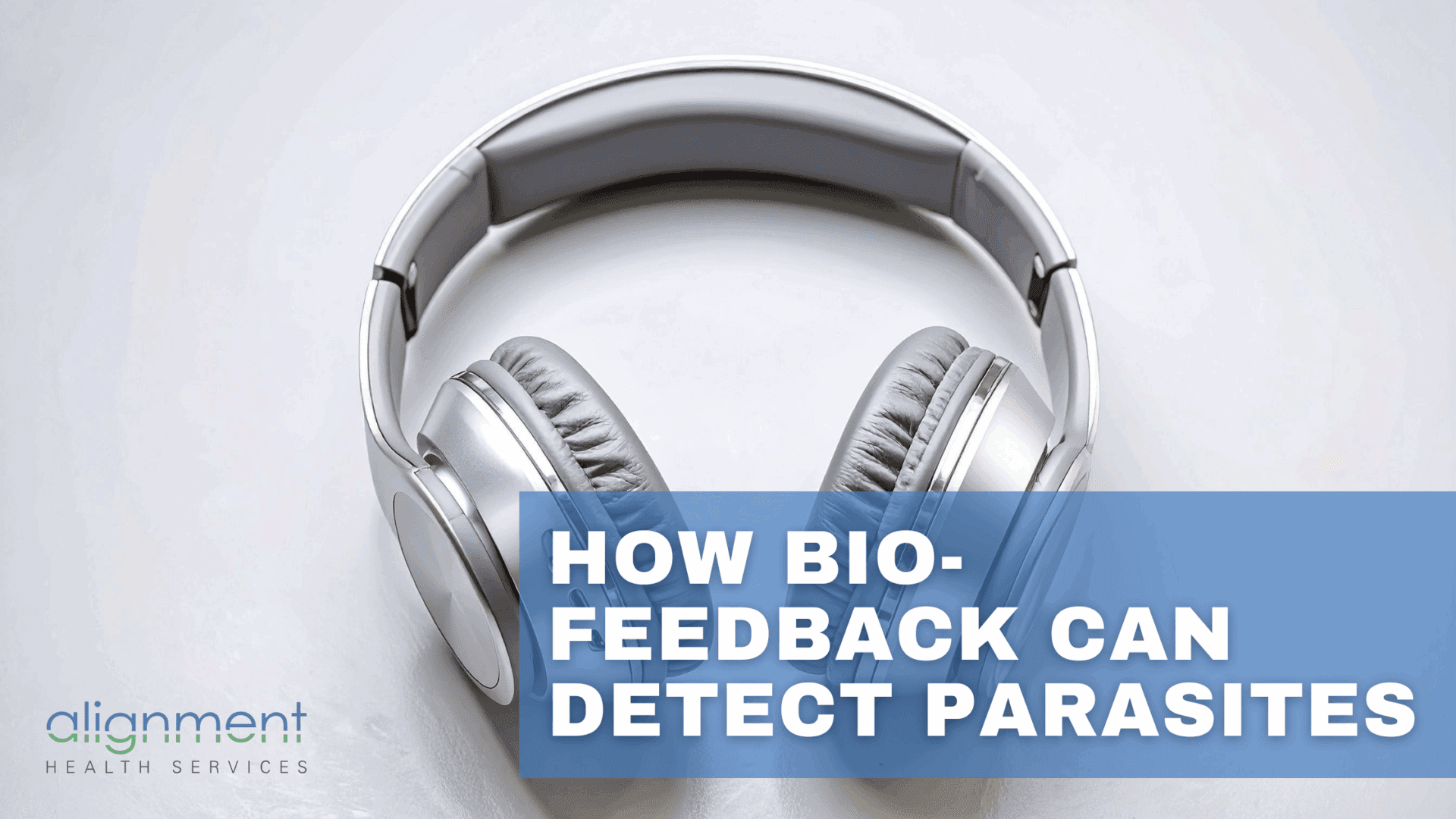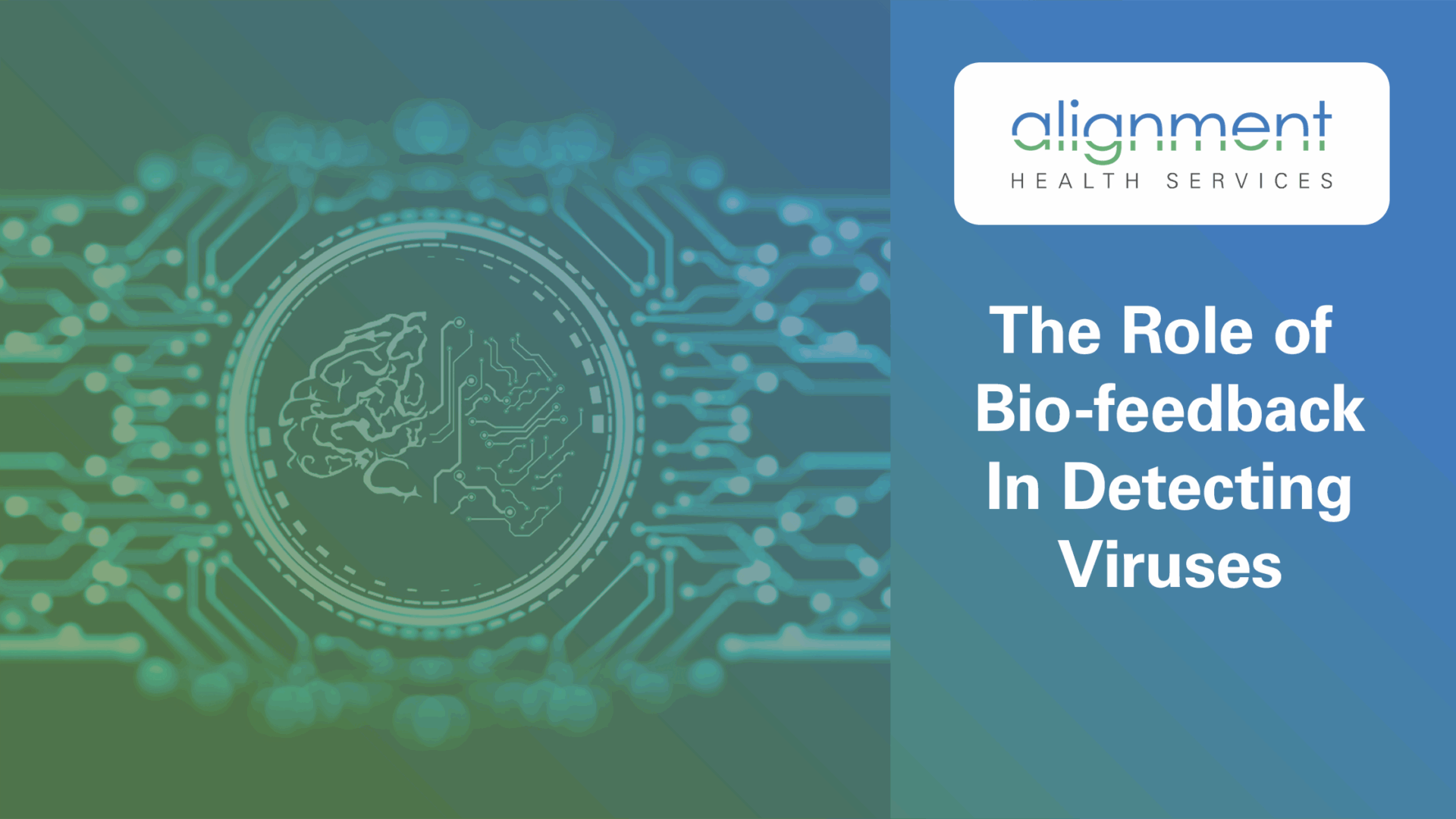
2025 Cochrane Eagle Reader’s Choice Award Winner!
Alignment Health Services awarded top honours with Gold Level Award for Best Massage Clinic!Celebrating a milestone with gratitude and joy! 🎉 A heartfelt thank you to our wonderful Cochrane community for your unwavering support. We are proud to bring cutting-edge wellness solutions and personalized care to each of you every day. Here’s to many more years of health and happiness together!










